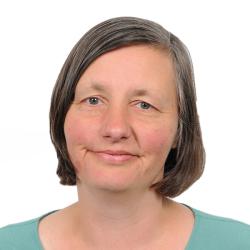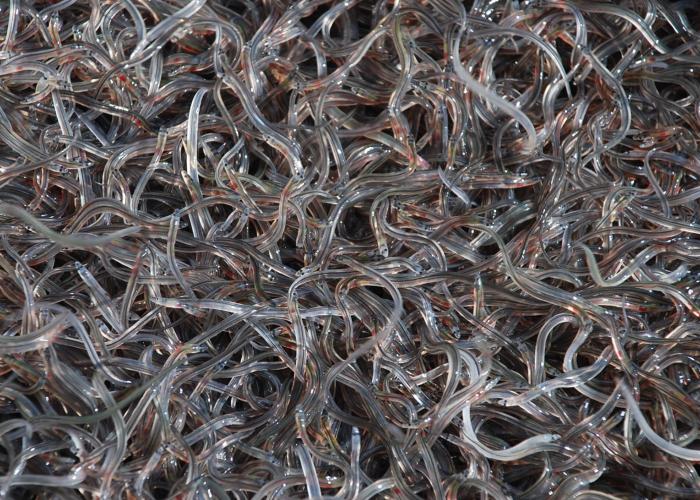New study reveals over half of plastic bottles in the Thames end up in the North Sea
New research published in Marine Pollution Bulletin has revealed that more than 50% of plastic bottles found in the River Thames eventually make their way to the North Sea, while the remainder become stranded along the riverbanks.
This collaborative study, in partnership with Thames21 and the Zoological Society of London (ZSL), used a combination of advanced numerical modelling, citizen science, and in-situ sampling to trace the movement of plastic debris through the tidal Thames. The research highlights how factors such as wind, river flow, and even the fill level of bottles influence their journey.
One striking finding from the study is the difference in behaviour between full and half-full bottles. Full bottles, which are submerged, tend to flow steadily out to sea due to the residual river current. In contrast, half-full bottles float and are more susceptible to wind, often becoming stranded on estuary banks or even moving upstream depending on wind conditions.
This work underscores the urgent need for targeted clean-up efforts and adds weight to global calls for a robust Global Plastics Treaty to address plastic pollution at its source.
We remain committed to using science and engineering to support sustainable solutions. This project is a powerful example of how collaboration can drive meaningful environmental impact.
The full paper can be read here: http://bit.ly/47tm0Lx
Want to know more?


